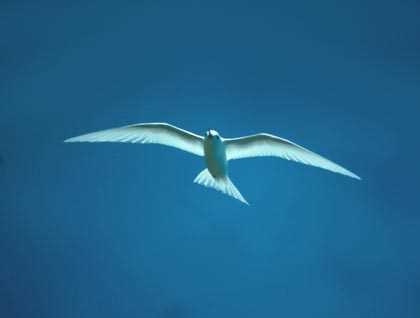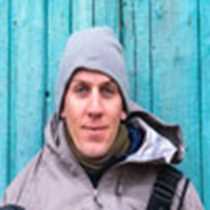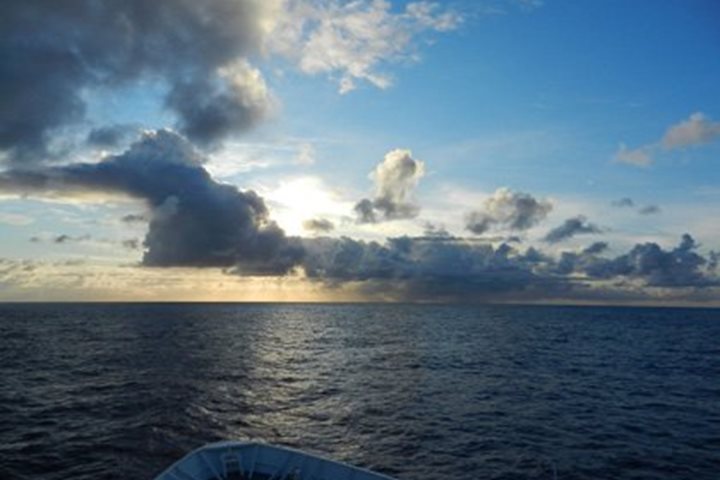As the first dawn light breaks across the horizon the National Geographic Orion sails east through the worlds largest marine park. Our destination is Ducie Atoll, the last island in the Pitcairn group. The seas in this remote part of the Pacific are untamed and we have made slow progress against the confused swell. We press toward the leeward side of atoll seeking refuge after our voyage from Henderson Island overnight.
As we drew closer to the atoll sea birds engulf the air above us. Greater frigates, brown boobies, and fairy terns sored across the waves, dancing and diving through the air currents. Their sheer numbers and variety of birds here stands in stark contrast to the empty skies above Pitcairn. Naturalist Ian Bollock explains to us that it’s the absence of introduced rats on Ducie Atoll that has allowed these healthy populations of sea birds to persist. On neighboring Henderson Island, it has required two attempts at eradication of the rodents to protect the sea birds. At Ducie Atoll however, they have never stepped foot on the island. It is plain to see the significant impact that introduced species can have on the fragile ecosystems of these remote atolls and how the ecosystem at Ducie both above and below the sea remains as a testament to a pristine past.
The expedition team deploys a Zodiac and braves the oceanic swell searching for a suitable snorkel site. Conditions for our snorkel platform aren’t favorable. But in the spirit of the expedition we embark on a drift snorkel along one of the worlds most remote coral atolls. The water is so clear it is hard to perceive the depth at which the corals are growing. Striking colorations of boulder and brain coral covered the sea floor. The high wave energy that strikes the atoll prohibits the growth of more fragile branching varieties of coral.
The divers embark on their last exploration of the voyage, drifting along the leeward side of the atoll. Our dive master Johanna has scouted the site, looking for a window between the swell and currents. This atoll is so remote it is at the mercy of the prevailing conditions. The divers are treated to a drift along a steep atoll wall at one of the world’s last wild places.
Our day ends with the Pristine Seas cocktail party. It is a fitting end to our passage across the world’s largest marine park. Pristine Seas expedition leader Paul Rose recounts previous explorations by his team and the direction and milestones they are striving to achieve in 2016. We are all so lucky to have explored this place and shared our experience with a member of the team that fought so hard to protect it.
Tonight we return to the sea for the last part of our expedition: east to Rapa Nui.








